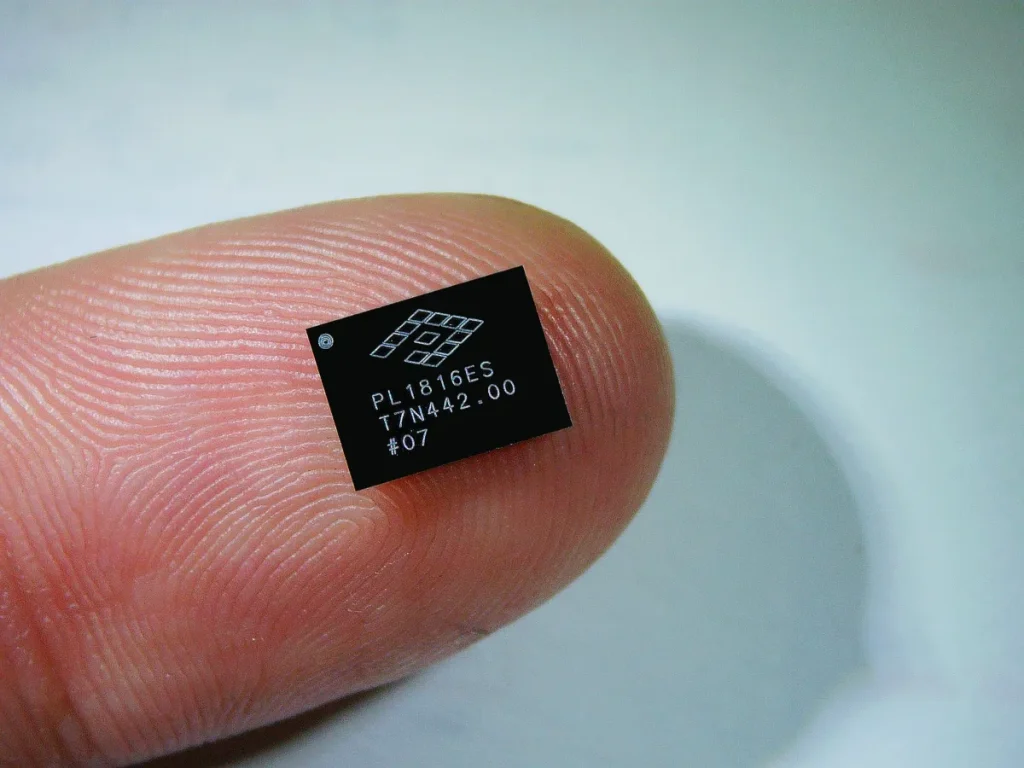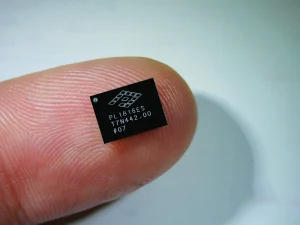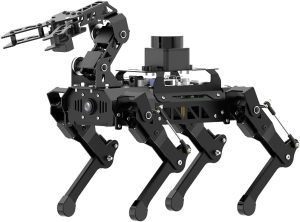PowerLattice secures funding from former Intel CEO Pat Gelsinger for energy-efficient chiplet.

Image Credits:PowerLattice
Rising Demand for AI and Its Impact on Semiconductor Efficiency
In the world of AI, a clear trend has emerged from the biggest tech companies: they are facing a significant shortage of compute capacity. The large language models that fuel today’s AI applications require extensive training and inferencing capabilities, leading to an urgent need for more data centers and heightened power consumption. Consequently, energy efficiency has become a top priority for semiconductor manufacturers.
PowerLattice: Innovating Power Delivery
Amid this energy crisis, PowerLattice, a startup established in 2023 by seasoned electrical engineers from Qualcomm, NUVIA, and Intel, claims to have developed an innovative solution that dramatically reduces the power requirements of computer chips by over 50%. Recently emerging from stealth mode, PowerLattice announced a successful $25 million Series A funding round led by Playground Global and Celesta Capital, raising its total funding to $31 million.
Expert Endorsement from Industry Leaders
Pat Gelsinger, a general partner at Playground Global and former CEO of Intel, has expressed high regard for PowerLattice’s approach. “This is the hard stuff: How do you get power into the device? There are very few teams and people that can do it,” he commented, adding, “We have assembled what I’d argue is the dream team of power delivery.” Gelsinger’s involvement lends considerable credibility to the startup, as he is a prominent figure in the semiconductor industry.
Interestingly, when CEO Dr. Peng Zou and the founding team presented their concept at Playground’s offices, they were so impressed by Gelsinger that they asked for a selfie, indicating the admiration was mutual. Gelsinger left the meeting genuinely impressed with PowerLattice’s innovative technology.
How It Works: The Concept Behind the Chiplet
At its core, PowerLattice has developed a tiny power delivery chiplet. This chiplet is designed to bring power closer to the processor, thereby significantly reducing energy loss. Such a straightforward concept has held transformative potential for the semiconductor landscape.
Key Milestones and Future Plans
After just two years, PowerLattice has reached an important milestone: its first batch of chiplets is currently being produced in collaboration with TSMC and an unnamed manufacturer that is testing the technology. This is a significant step forward, as it represents the transition from concept to tangible product.
Beyond its initial customers, PowerLattice aims to make its product available for testing to other clients in the first half of 2026. Among its potential customer base are major chip manufacturers like Nvidia, Broadcom, and AMD, in addition to specialized AI chip developers such as Cerberus and Grok, along with Playground-backed startups like d-Matrix and NextSilicon.
Competing in a Crowded Market
While every chip company is working on enhancing energy efficiency, Gelsinger believes PowerLattice’s unique approach will capture attention. “They may say, ‘I’m going to take some volume to this approach, some volume to my more traditional approach,’” he noted. “But we think our ability to capture meaningful share will quickly emerge.”
However, PowerLattice is not alone in its mission. It faces competition from other startups also striving to solve the energy efficiency issue, notably Empower Semiconductor, which secured a $140 million Series D funding round led by Fidelity Management & Research Company in September.
The Extraordinary Nature of PowerLattice’s Solution
Despite the competition, Gelsinger remains firm that PowerLattice’s 50% enhancement in energy efficiency is an “extraordinary” breakthrough. He anticipates that the company will soon secure a much larger funding round to support its production efforts. “The idea is bold, the benefits are large, and I expect others will be saying, ‘That’s a great idea. Let me try as well,’” he stated.
The Future of Energy-Efficient Chips
As AI continues to advance, the demand for energy-efficient solutions in semiconductor technology will remain critical. PowerLattice’s innovative chiplet technology may represent a paradigm shift, addressing both energy consumption and performance requirements for the next generation of AI applications.
Investors and tech companies alike will undoubtedly watch PowerLattice’s progress closely as it seeks to redefine energy delivery in semiconductors. The startup is well-positioned to make a significant impact, particularly as established players grapple with their internal energy efficiency initiatives.
Conclusion
With the growing demands of AI and the emphasis on energy efficiency, startups like PowerLattice are stepping into the spotlight. Their innovative approaches not only promise to meet current challenges but may also forge new paths for future advancements in the semiconductor industry. As they navigate their early stages, their success could pave the way for a new standard in energy-efficient computing, potentially benefiting both manufacturers and consumers alike.
For those following the evolution of AI and semiconductor technologies, the journey of PowerLattice and similar innovating startups will be one to watch in the coming years.
Thanks for reading. Please let us know your thoughts and ideas in the comment section down below.
Source link
#PowerLattice #attracts #investment #exIntel #CEO #Pat #Gelsinger #power #saving #chiplet






